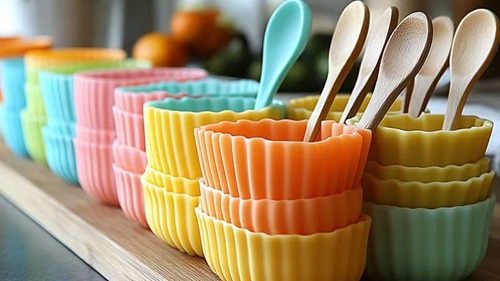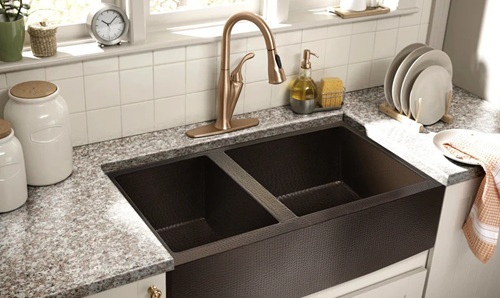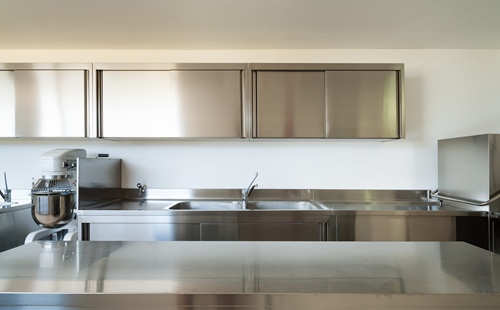Over the past decade, silicone bakeware has revolutionized the way home bakers and professional chefs prepare everything from muffins and cakes to breads and savory dishes. Known for its bright colors, flexibility, and nonstick properties, silicone bakeware has become a popular alternative to metal and glass baking tools. But does it live up to the hype? Let’s explore this:
![]()
🧁 What Is Silicone Bakeware?
Silicone bakeware is made from food-grade silicone, a synthetic material composed of silicon, oxygen, carbon, and hydrogen. It’s heat-resistant, non-toxic, and often used to create flexible molds for baking muffins, cakes, cookies, breads, tarts, and more.
Common types of silicone bakeware include:
- Muffin pans
- Cake molds
- Bread loaf pans
- Baking mats (like Silpat)
- Tart pans and cupcake liners
✅ Pros of Silicone Bakeware
1. Excellent Nonstick Properties
One of the biggest advantages of silicone bakeware is that it’s naturally nonstick. Baked goods like muffins and cupcakes release easily without greasing or lining with parchment paper.
Pro Tip: This feature makes cleanup much faster and reduces the need for oils or sprays—especially useful for health-conscious bakers.
2. Flexible and Easy to Store
Silicone is highly flexible, allowing you to bend or fold pans without damaging them. This makes storage simple—even in crowded kitchen drawers or small cabinets.
You can roll up a silicone baking mat or stack several silicone pans into each other with ease.
3. Heat-Resistant and Oven-Safe
Most food-grade silicone is safe for use in ovens up to 428°F (220°C). It’s also microwave-, freezer-, and dishwasher-safe, making it an incredibly versatile tool in the kitchen.
Fact: Some high-quality silicone can tolerate even higher temperatures (up to 500°F or 260°C), though it’s always wise to check the manufacturer’s guidelines.
4. Safe and Non-Toxic (When High-Quality)
High-grade silicone bakeware is considered BPA-free, non-toxic, and safe for food use. It does not release fumes or leach chemicals into food when heated, unlike some plastics or low-grade nonstick coatings.
Important Note: Always ensure your silicone bakeware is labeled “food-grade” or “FDA approved.”
5. Even Baking (When Used Correctly)
Silicone bakeware can promote even heat distribution, especially when placed on a solid metal baking sheet. This helps prevent hot spots and ensures your baked goods cook uniformly.
Pro Tip: Always place flexible silicone molds on a flat tray before filling to avoid spills and uneven shapes.
6. Easy to Clean
Silicone is dishwasher safe, and its nonstick nature means residue washes off easily. No more scrubbing burnt cake batter from the corners of metal pans.
❌ Cons of Silicone Bakeware
1. Too Flexible Without Support
While flexibility is a plus for storage, it can be a problem during baking. Silicone molds lack structural support, making them wobbly and prone to spills when transferring to or from the oven.
Fix: Always place silicone pans on a sturdy metal baking tray to stabilize them.
2. May Not Brown or Crisp as Well
Silicone does not conduct heat like metal, so browning, crisping, or caramelization may be limited—especially for cookies, crusts, or breads that rely on a crispy exterior.
Workaround: Use silicone for moist, soft baked goods (like muffins and quick breads) and metal pans for items that require a crunchy finish.
3. Retention of Odors or Flavors
Silicone, especially lower-grade versions, can absorb strong odors or flavors (like garlic or spices) over time. This is especially true when using the same molds for both sweet and savory recipes.
Cleaning Tip: Occasionally boil silicone molds in water with lemon or baking soda to remove lingering smells.
4. Potential for Uneven Baking
Thin or low-quality silicone bakeware may lead to inconsistent results—undercooked centers or overbaked edges. This is typically due to the material’s poor heat conductivity compared to metal.
Tip: Invest in high-quality, thicker silicone molds with better insulation for more consistent performance.
5. Not Ideal for Sharp Tools
Silicone is soft and can be easily damaged by knives or metal utensils. Cutting directly in the mold can lead to tears, rips, or holes, ruining its nonstick surface and structural integrity.
6. Durability Varies
While high-end silicone bakeware can last for years, cheaper versions may warp, become sticky, or tear with repeated use—especially if exposed to high temperatures or stored improperly.
Pro Tip: Avoid folding or compressing silicone pans in tight spaces when storing them.
⚖️ Silicone vs. Traditional Bakeware
| Feature | Silicone | Metal (Aluminum/Steel) | Glass (Pyrex) |
| Nonstick | ✅ Excellent | ⚠️ Requires greasing | ⚠️ May require greasing |
| Heat Conductivity | ⚠️ Moderate | ✅ Excellent | ⚠️ Slow but even |
| Browning/Crusting | ⚠️ Limited | ✅ Excellent | ✅ Good |
| Flexibility | ✅ High | ❌ Rigid | ❌ Rigid |
| Dishwasher Safe | ✅ Yes | ⚠️ Often hand wash | ✅ Yes |
| Microwave Safe | ✅ Yes | ❌ No | ✅ Yes |
| Durability | ⚠️ Varies by quality | ✅ Very High | ✅ High |
| Storage | ✅ Compact | ❌ Bulky | ❌ Bulky |
| Price Range | ✅ Affordable | ⚠️ Moderate to high | ⚠️ Moderate |
🛠️ Best Uses for Silicone Bakeware
- Muffins & Cupcakes – Perfect release and soft structure
- Brownies – Easy removal, no cutting in pan
- Breads & Cakes – Moist and tender results
- Candy & Chocolate Molds – Easy release and detailed shapes
- Frozen Desserts – Ice cubes, gelatin, frozen yogurt
🏁 Is Silicone Bakeware Right for Your Kitchen?
✅ Great Choice If:
- You want nonstick, easy-to-clean bakeware
- You bake mostly soft, moist items like muffins and cupcakes
- You have limited storage and prefer lightweight tools
- You want something dishwasher-, microwave-, and freezer-safe
- You enjoy bright, fun, and modern kitchen tools
❌ Not Ideal If:
- You regularly bake crusty breads, crispy cookies, or roast items
- You need precise shapes or structural firmness
- You prefer cutting directly into your bakeware
- You expect decades of use from one set of pans
Final Verdict
Silicone bakeware offers tremendous convenience with its nonstick properties, flexibility, and easy cleanup. It’s perfect for beginners, busy families, and health-conscious bakers who want to avoid added grease. However, it’s not the best option for every baking task—especially those requiring browning or structure.
As with most kitchen tools, the key is to use it for the right purpose. When used wisely, silicone bakeware can be a fun, functional, and flexible addition to any modern kitchen.


